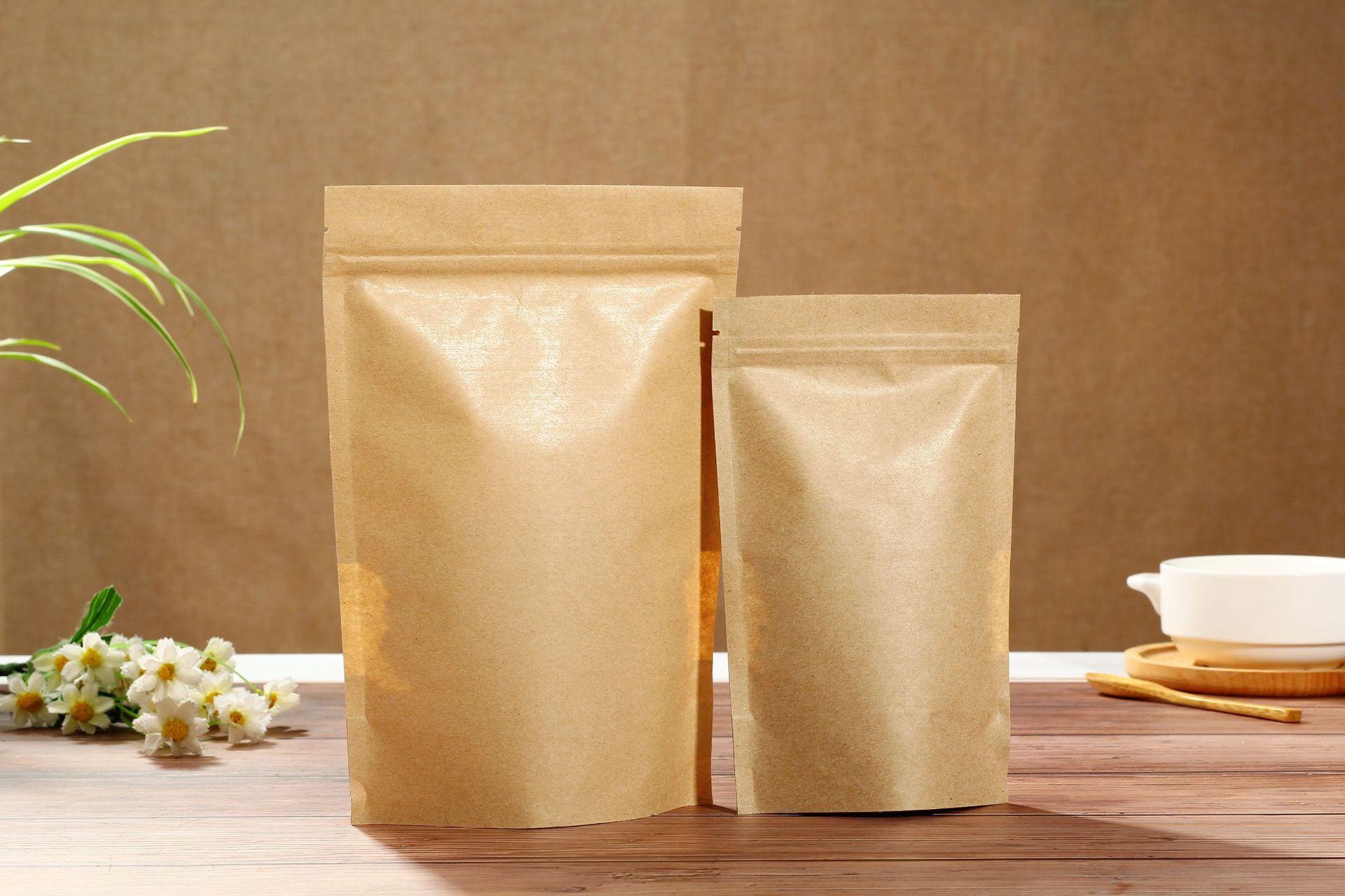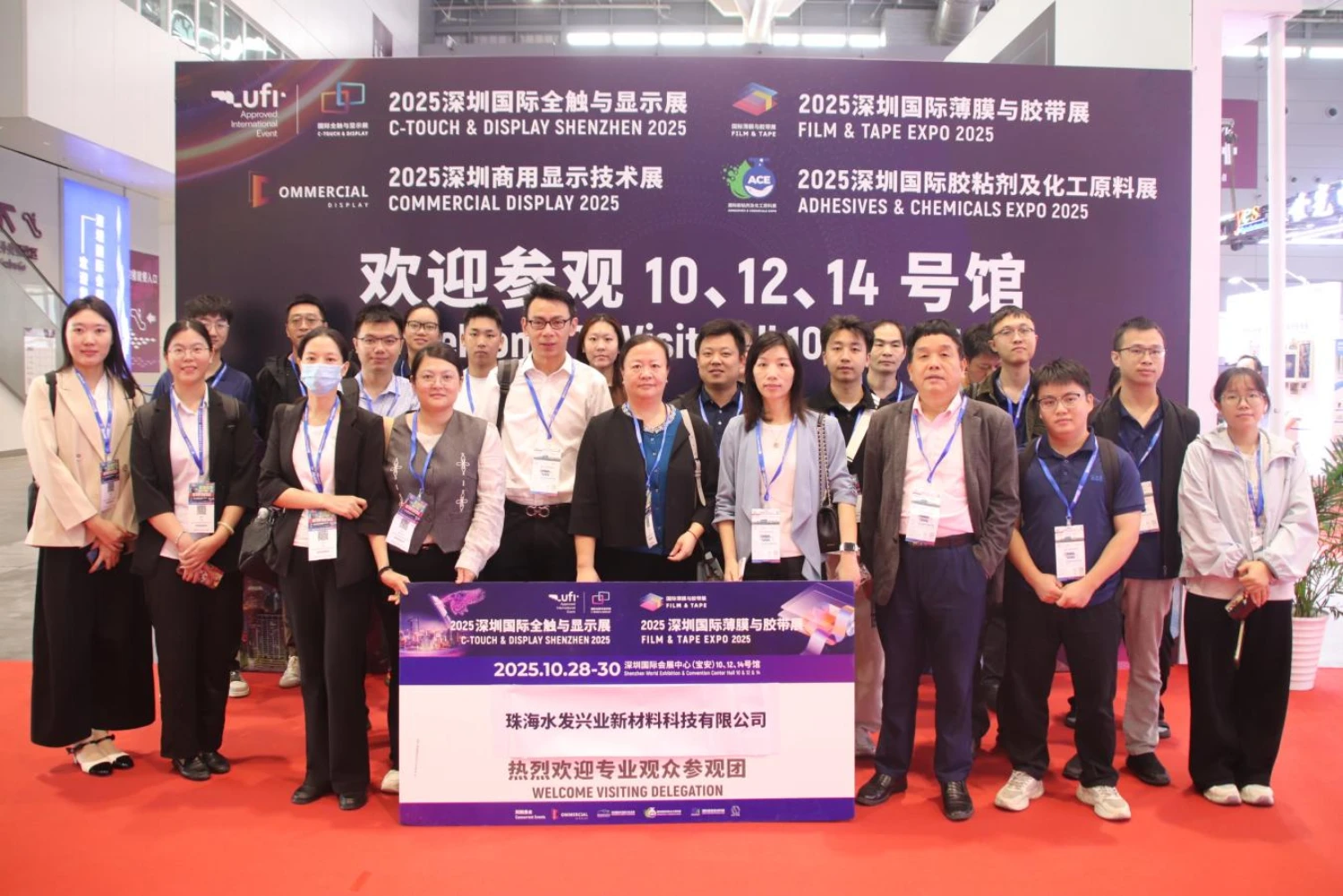In today's digital age, where screens dominate our lives, it's easy to overlook the humble yet essential material that has been with us for centuries: paper. Have you ever wondered how this versatile material is made? In this blog post, we will delve into the intricate process of papermaking, exploring each step from pulp to the final product. So, let's embark on a journey through the fascinating world of paper production.
- Sourcing the Raw Materials:
The first step in papermaking is sourcing the raw materials, primarily wood fibers. These fibers can be obtained from various sources, including sustainable forests, recycled paper, and agricultural residues. The choice of raw materials plays a crucial role in determining the quality and characteristics of the final paper product. - Pulping:
Once the raw materials are collected, they undergo the pulping process. Pulping involves breaking down the wood fibers into a pulp, which is a mixture of fibers, water, and additives. There are two main methods of pulping: mechanical and chemical. Mechanical pulping involves grinding the wood fibers to separate them, while chemical pulping utilizes chemicals to dissolve the lignin and separate the fibers. - Cleaning and Refining:
After pulping, the pulp goes through a series of cleaning and refining processes. These processes remove impurities such as bark, dirt, and ink particles, ensuring the purity of the pulp. Refining further breaks down the fibers, improving their bonding ability and enhancing the paper's strength. - Paper Formation:
Once the pulp is clean and refined, it is ready for paper formation. The pulp is diluted with water and then poured onto a wire mesh conveyor belt called a Fourdrinier machine. As the water drains through the mesh, the fibers form a thin layer, which gradually transforms into a continuous sheet of wet paper. This sheet then passes through a series of press rolls to remove excess water. - Drying and Calendering:
After pressing, the paper is still damp and needs to be dried. The drying process typically involves passing the paper through heated rollers or using hot air. This removes the remaining moisture, resulting in a dry and stable paper sheet. Calendering, a subsequent step, involves passing the paper through smooth rollers to enhance its smoothness, gloss, and uniformity. - Coating and Finishing:
Depending on the desired characteristics, the paper may undergo additional treatments. Coating, for instance, involves applying a thin layer of chemicals or pigments to enhance the paper's surface properties, such as brightness, smoothness, and printability. Finishing processes, such as cutting, trimming, and packaging, prepare the paper for distribution and use.
Conclusion:
The process of papermaking is a complex and intricate one, involving multiple stages and careful attention to detail. From sourcing the raw materials to the final finishing touches, each step contributes to the quality and functionality of the paper. Next time you hold a sheet of paper in your hands, take a moment to appreciate the craftsmanship and science behind its creation.








+ There are no comments
Add yours